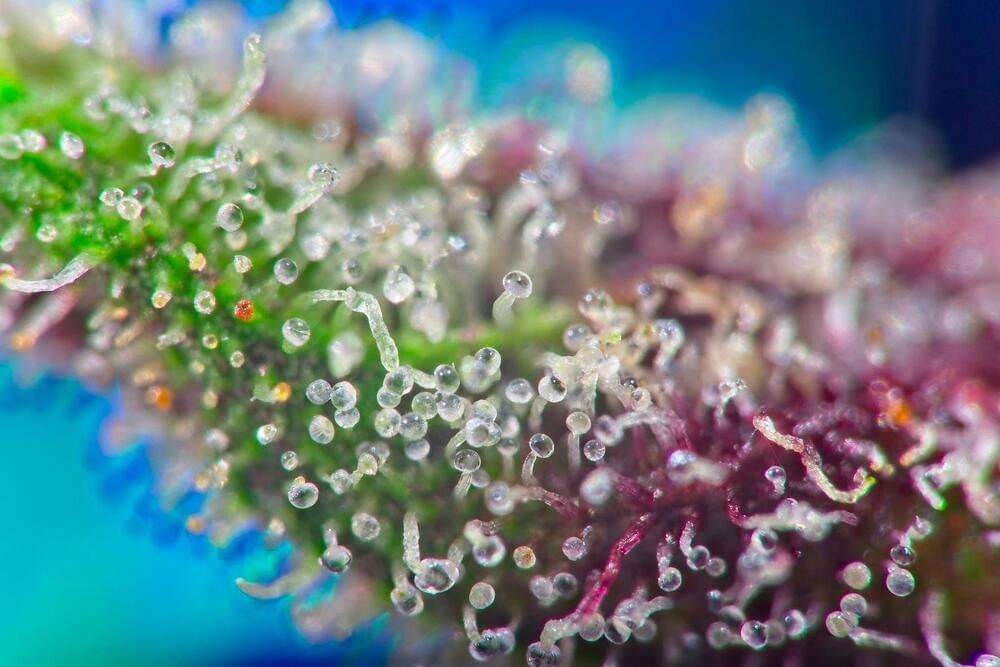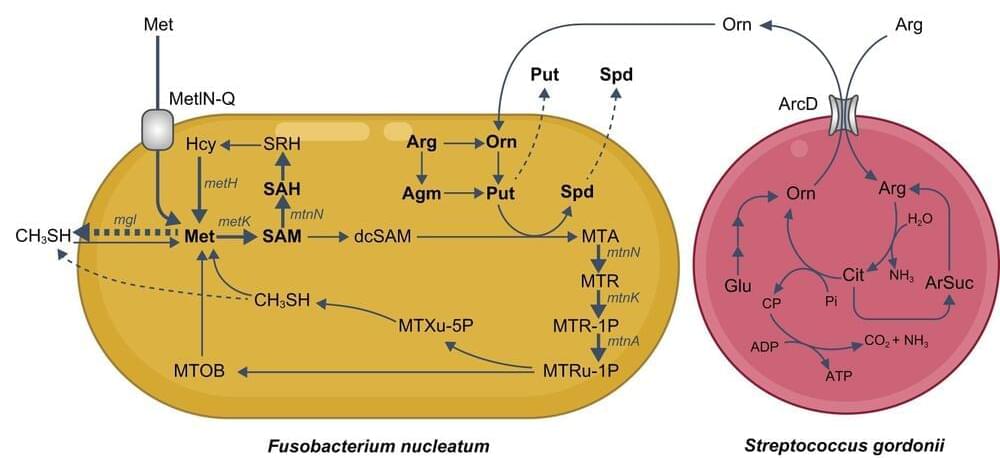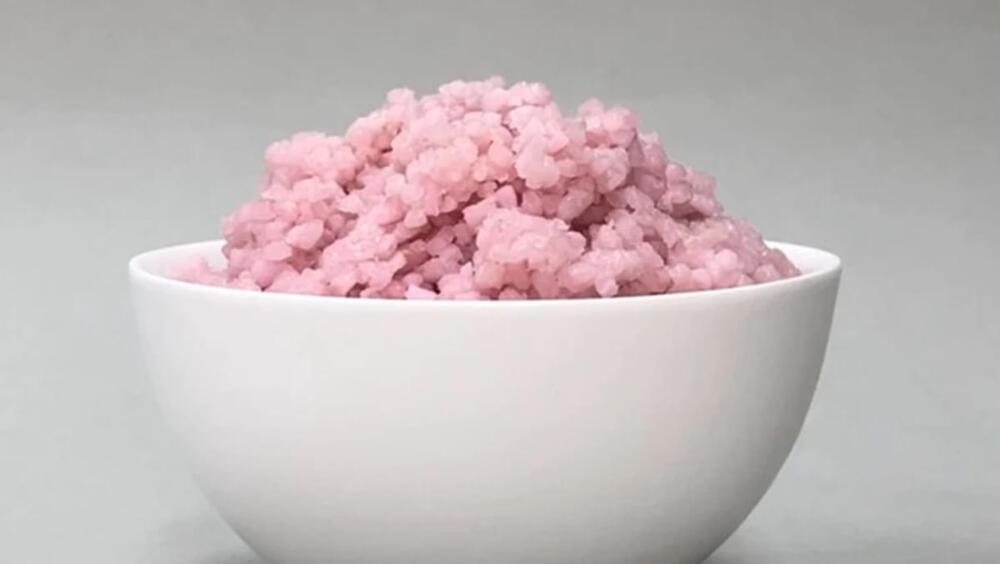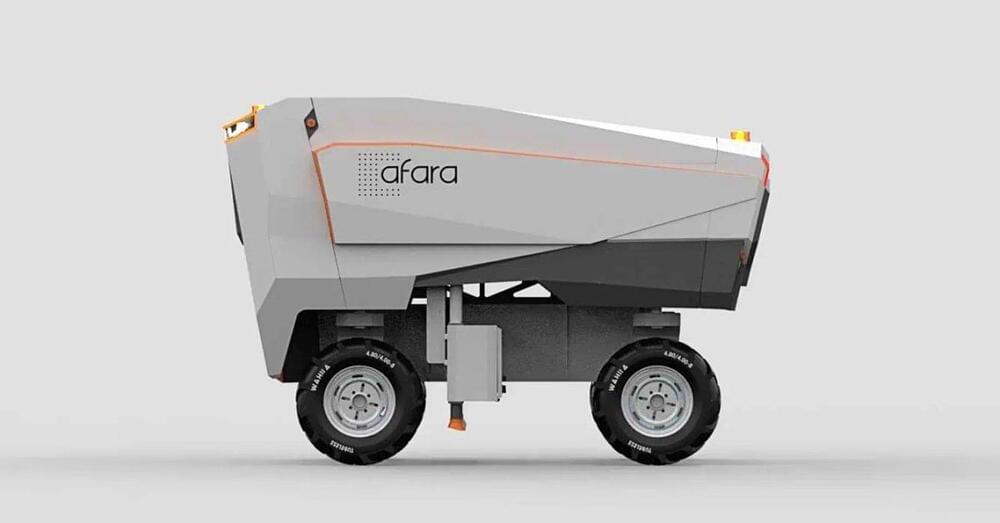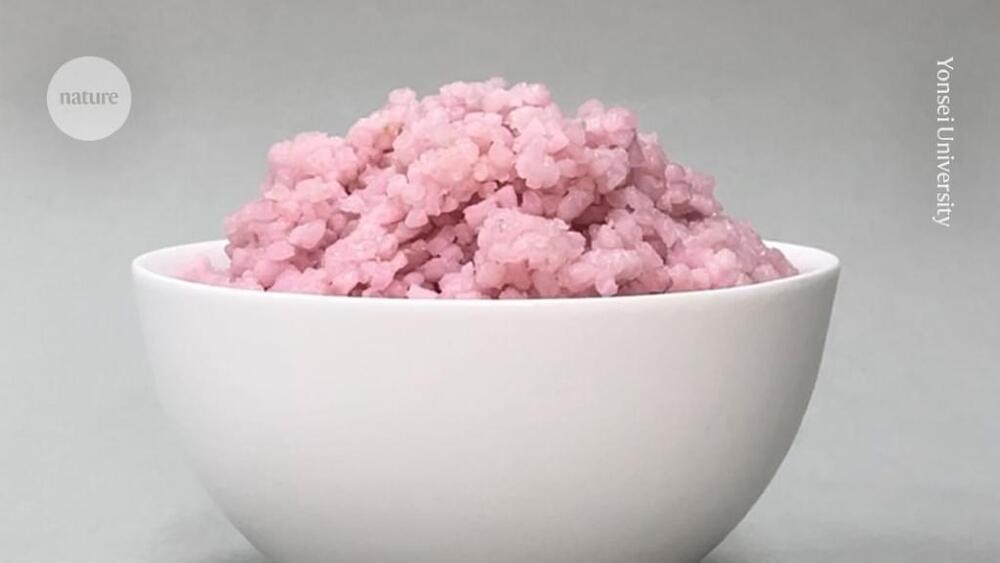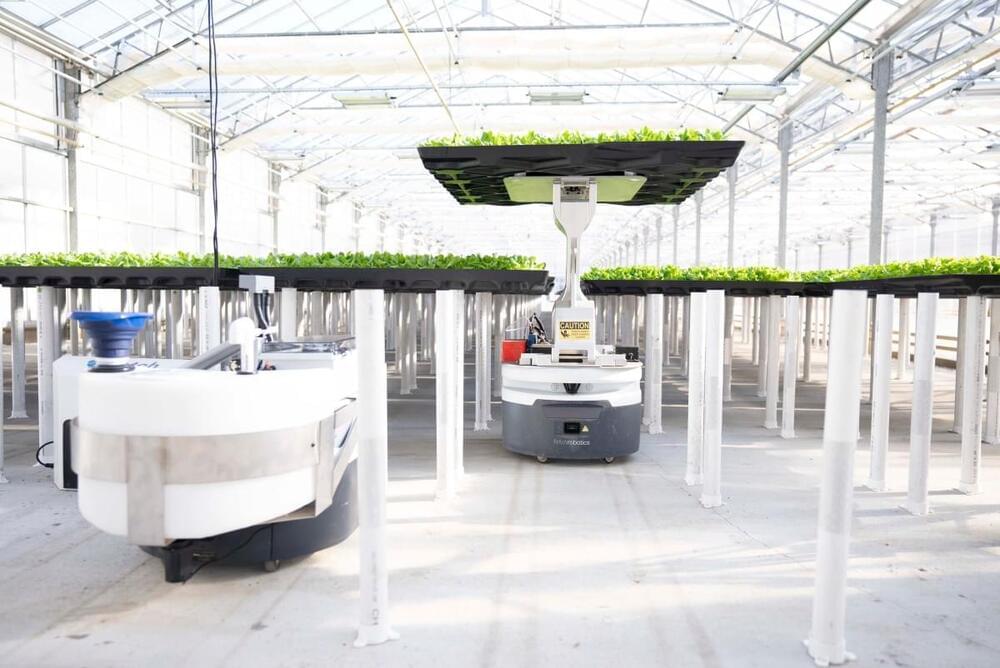Is there a connection between cannabis use and binge eating? This is what a recent study published in Experimental and Clinical Psychopharmacology hopes to address as a team of researchers investigated the medical risks associated with cannabis use and binge eating, specifically the link between the two. This research marks only the third study conducted to make a connection between cannabis use and binge eating disorder and holds the potential for scientists, medical practitioners, and patients make better informed clinical decisions for treating binge eating.
“Distinguishing the relationship between cannabis use, eating disorder severity and other psychiatric symptoms in binge eating patients is necessary for informing screening and clinical recommendations,” said Megan Wilkinson, who is a PhD student in Drexel University’s College of Arts and Sciences and lead author of the study.
For the study, the researchers enlisted 165 participants who were pursuing medical treatment for binge eating and were asked to report both their cannabis and alcohol use as part of the survey. In the end, the researchers found that 23 percent of the participants had used cannabis within the prior three months. Additionally, the participants were also found to have increased alcohol consumption, as well. In terms of the connection between cannabis use and binge eating, while the researcher concluded that cannabis use did not result in increased binge eating, they found the opposite in that binge eating could result in increased cannabis use, as noted by the 23 percent participants who reported using cannabis.


